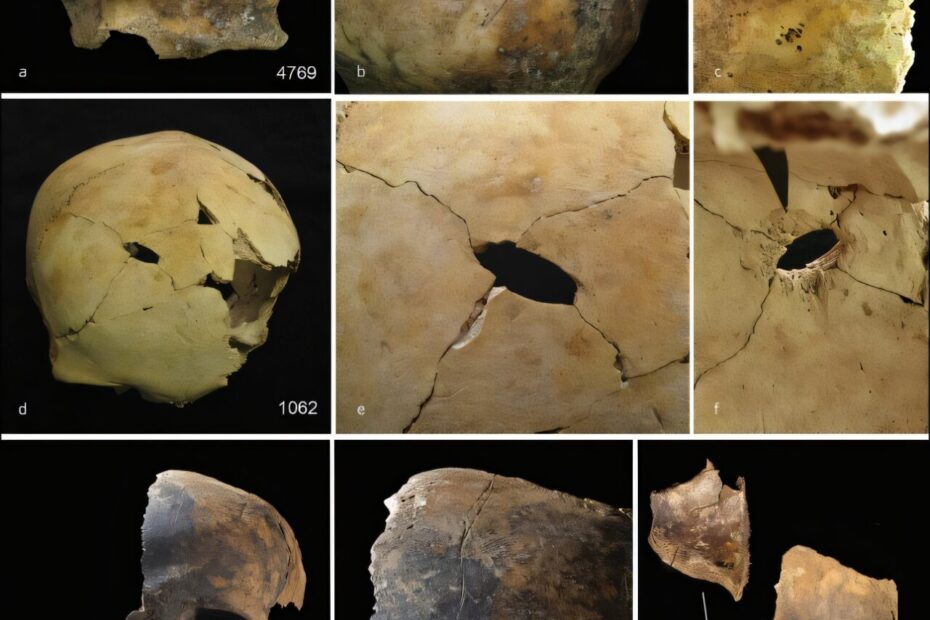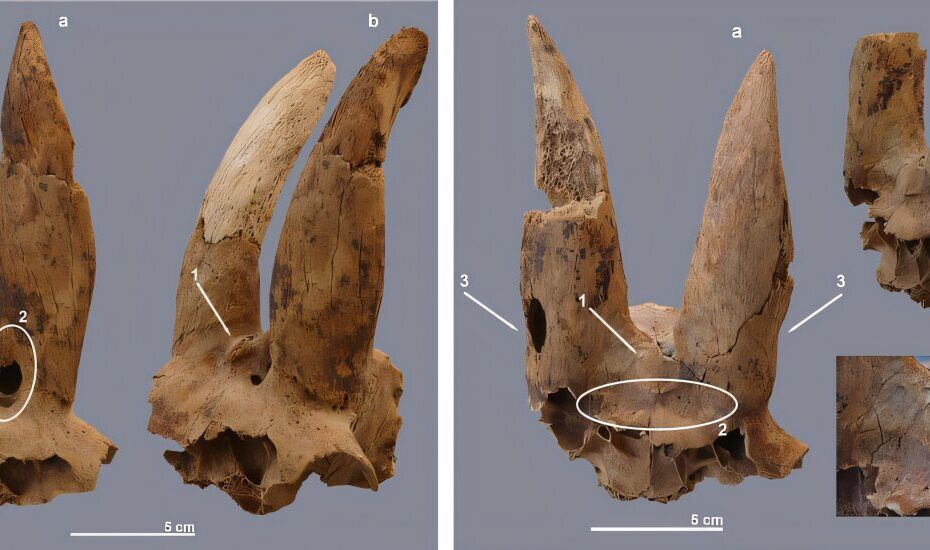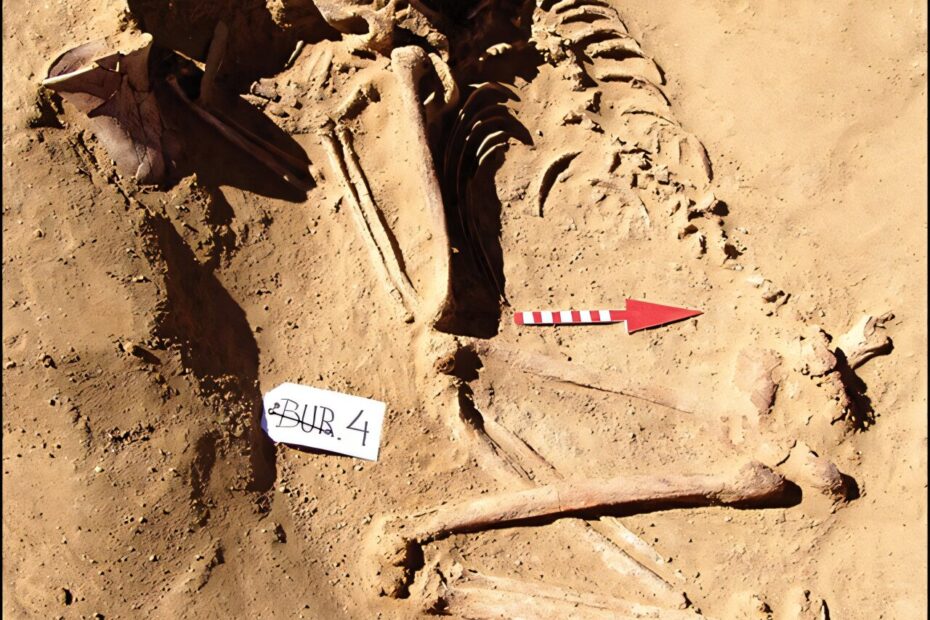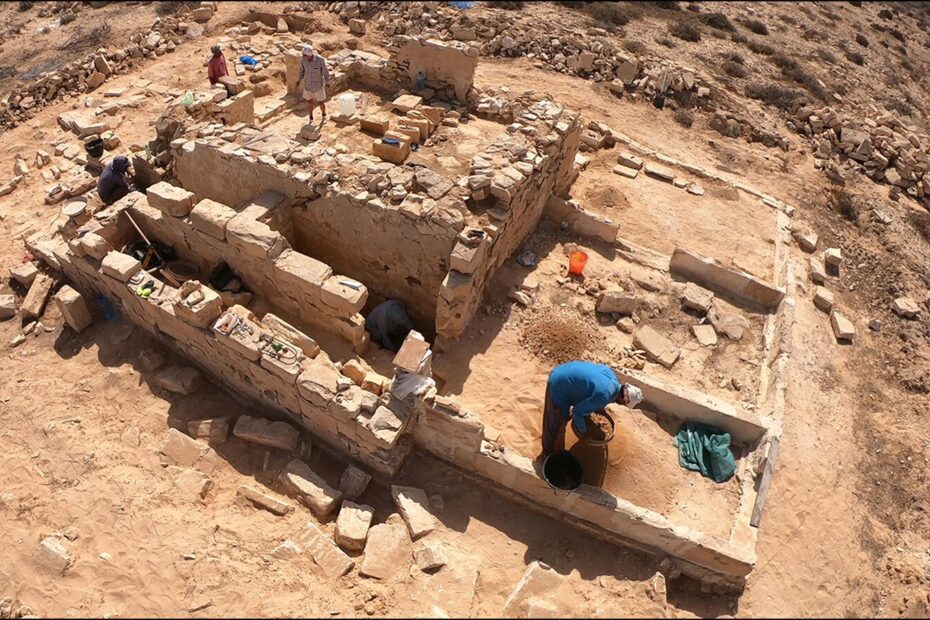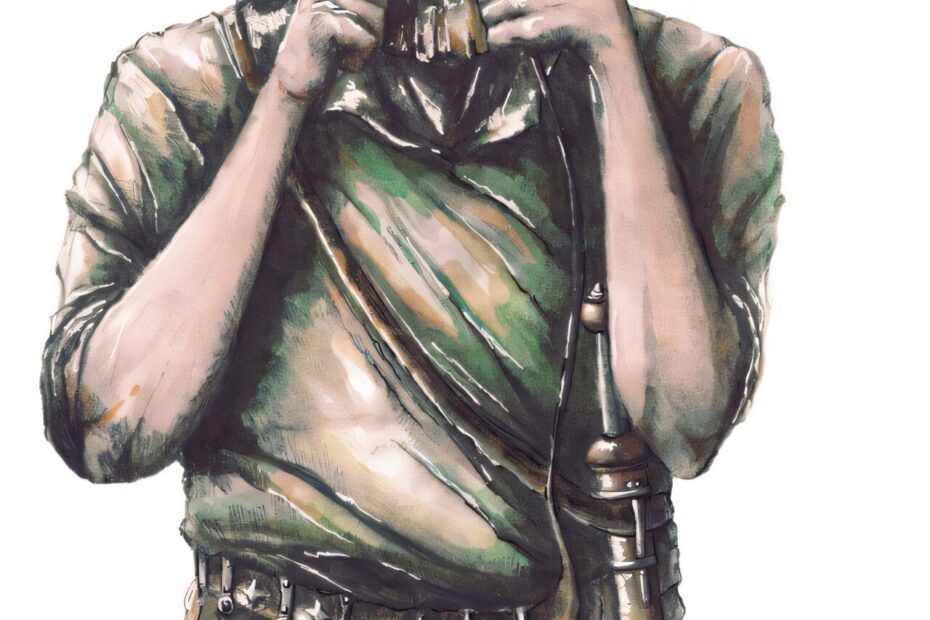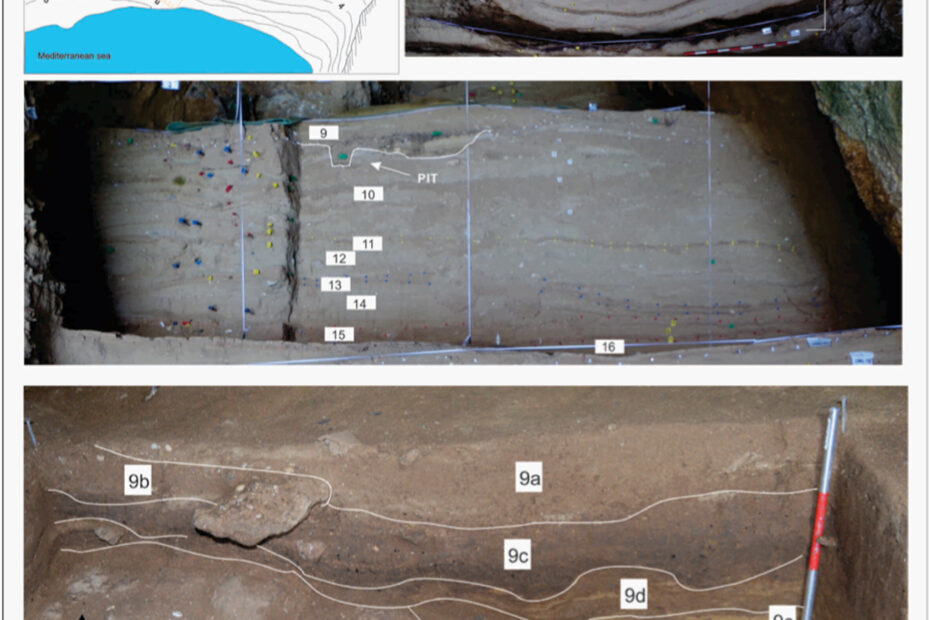Prehistoric Massacre Uncovered in England
The discovery and analysis of human remains from the Early Bronze Age site of Charterhouse Warren, located in Somerset, England, has revealed a chilling account… Read More »Prehistoric Massacre Uncovered in England
